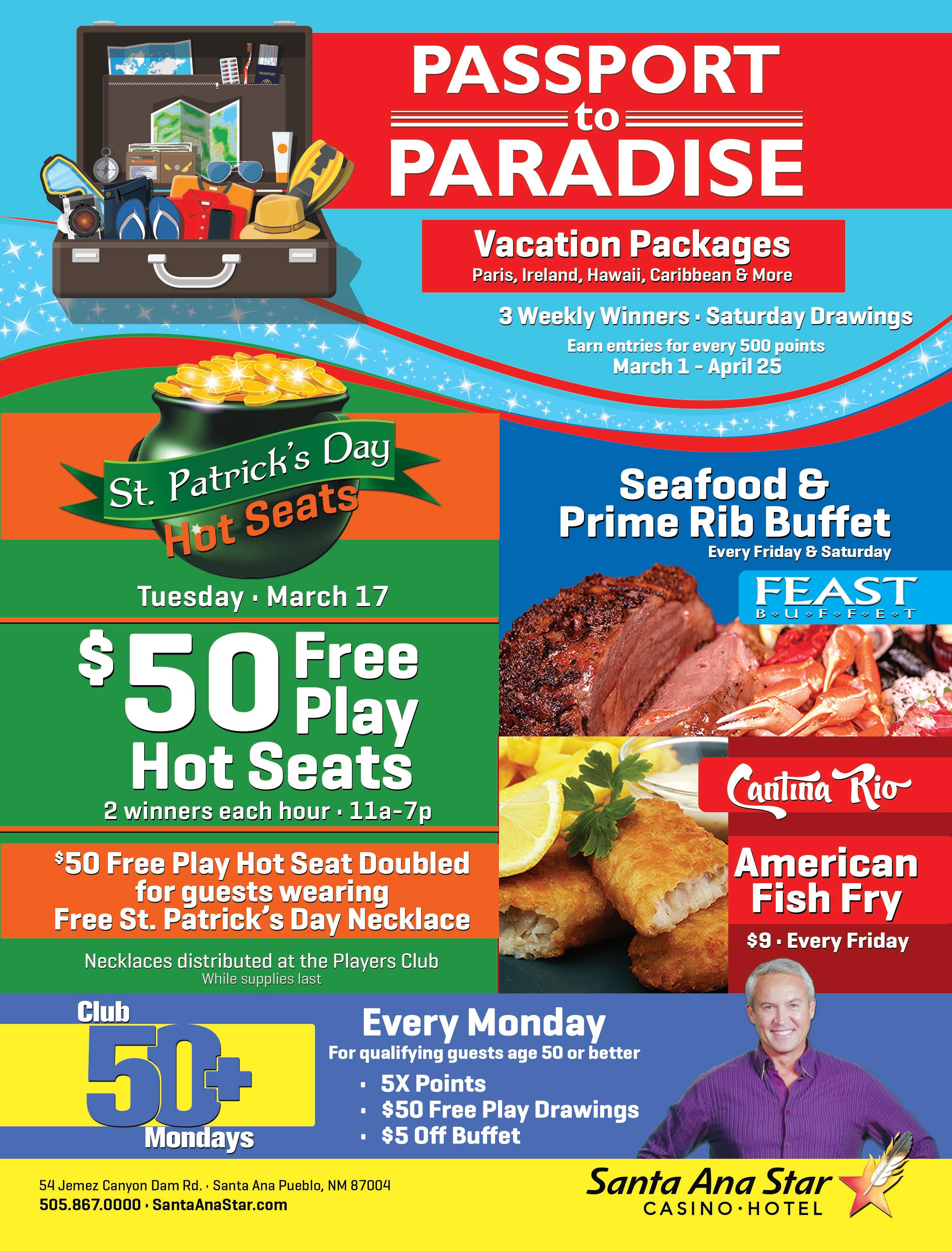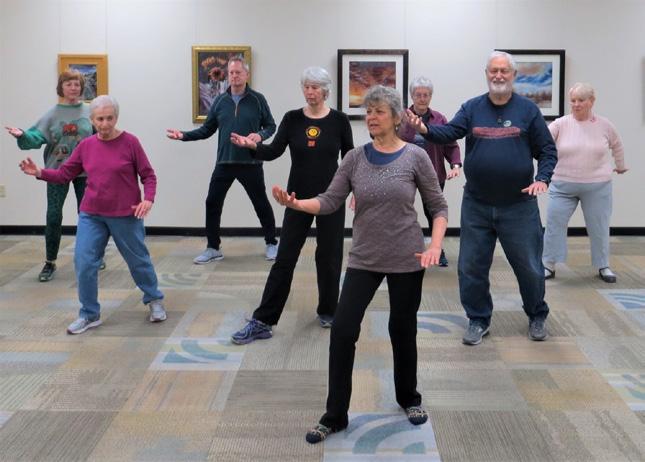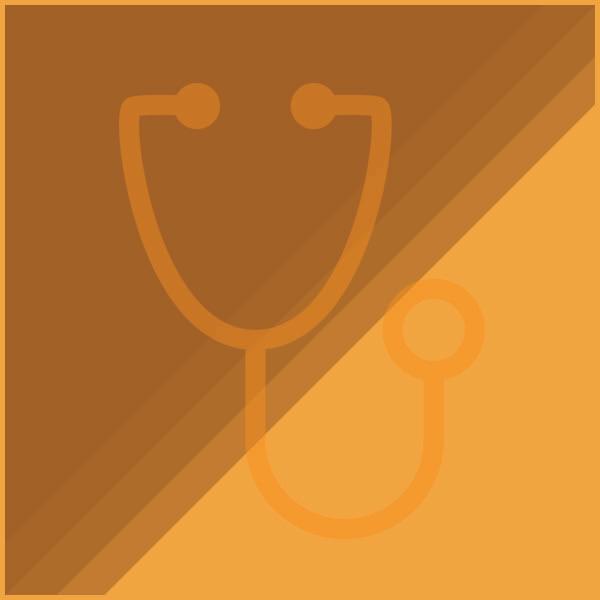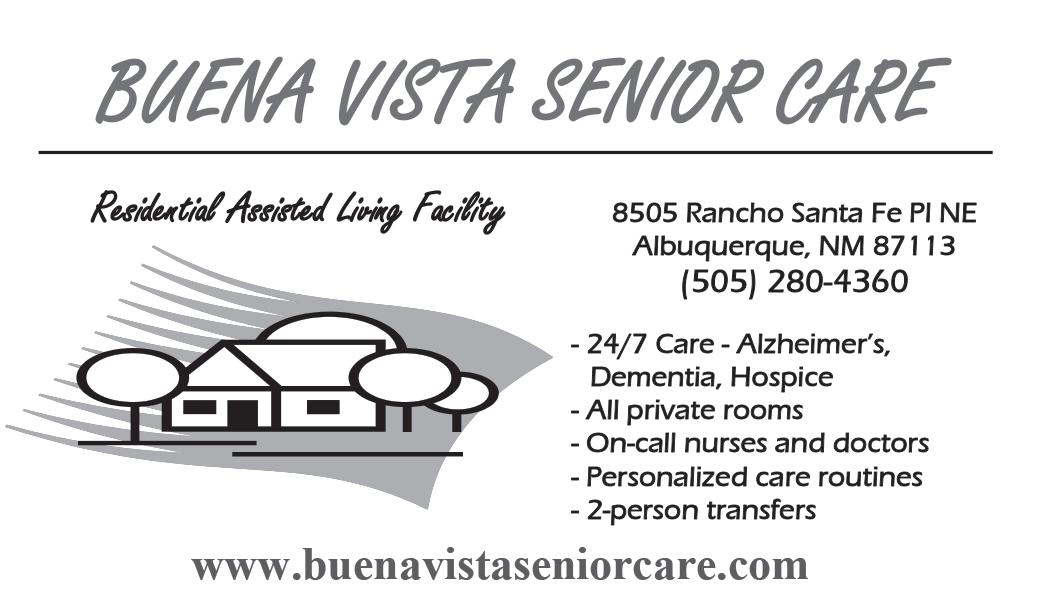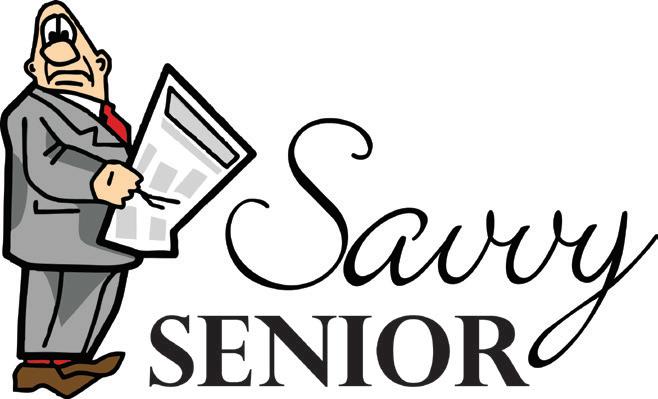
3 minute read
Herb Doc
by Dave Rivord
Herb Doc Shellie Rosen is a Doctor of Oriental Medicine. She can be reached via her website at Bodyvolve.com Shellie Rosen, DOM
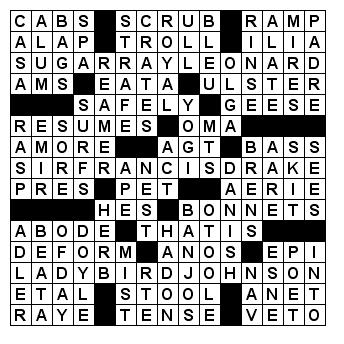
Advertisement
Manual therapies such as massage and vibration can be a way of managing or resolving pain. Additionally, these therapies may benefit scar tissue adhesions that contribute to pain. Keep a critical approach when assessing which manual therapy application ANSWER TO #5138
for pain or scars is best for your condition and get ready to march into scar tissue using your hands as part of your pain management toolkit.
After a physical trauma (including surgery), the body compensates with scar tissue. Tight adhesions affect the overall functional movement of the body, creating local and postural imbalances. Repetitive motions from work or exercise can also create compensatory fibrosis or dysfunctional soft tissue. Manually touching areas of injury and pain with mindfulness and sensitivity reveals spots where soft tissue abnormalities emerge as “knots.”
These “knots” are examples of restricted tissue needing to be physically mobilized. Prescription and over the counter medicines don’t resolve the physical manifestation of pain. Sometimes “knots” recover on their own over time; often, they do not.
Massage can be uncomfortable and can create micro-trauma that
stimulates beneficial healing. Trained massage therapists can determine the most appropriate treatment plan based on the type of injury or condition. For example, it is often ill-advised to manipulate soft tissues immediately postsurgery to prevent further damage. Massage therapy recommendations are like prescriptions. Individuals with chronic inflammatory conditions need to mobilize stagnant or stuck tissue without aggressively triggering a systemic inflammatory response.
Vibrating massage tools allow individuals to treat themselves without travel or costs related to a massage therapist. Vibrating massagers can loosen connective tissue around painful joints, increasing mobility, and decreasing pain. A porcelain Chinese soup spoon is what Chinese medicine practitioners use to “work out” “knots” and adhesions found within soft tissue and to soften scars. To treat tennis elbow, for example, take a porcelain spoon with your thumb inside the belly of the spoon. Gently scrape the spoon into fleshy areas around the
elbow of the affected arm. Feel for inconsistencies and sore spots. Investigate the tissue for bumps or “knots” and focus movements on those areas. Rest the area 24 hours to allow a healing inflammatory response in-between your treatments. This therapy is a part of a discipline named “Gua Sha” in Chinese medicine. Physical therapy utilizes a similar treatment they call the Graston Technique. Foam rollers accomplish similar goals in treating restricted fascia.
Massage and vibration therapy can create risks for individuals who take blood thinners, have heart conditions, or are pregnant. Electric vibration machines may cause compensatory stress in the body. Untrained aggressive manipulation of tissues, joints, and ligaments can create more damage and pain. Critically determine if your interventions are making things better or worse by noting 1-10 pain scales daily in your monthly calendar before and after treatments. March into pain with hands-on action! Abundant Blessings! Dr. Shellie L. Rosen, DOM, L.Ac.
Robert Benjamin ~ New Mexico Landscape Series ~ Limited Edition Giclées by Robert Benjamin www.RobertBenjamin.com RobertBenjaminLandscapes@live.com
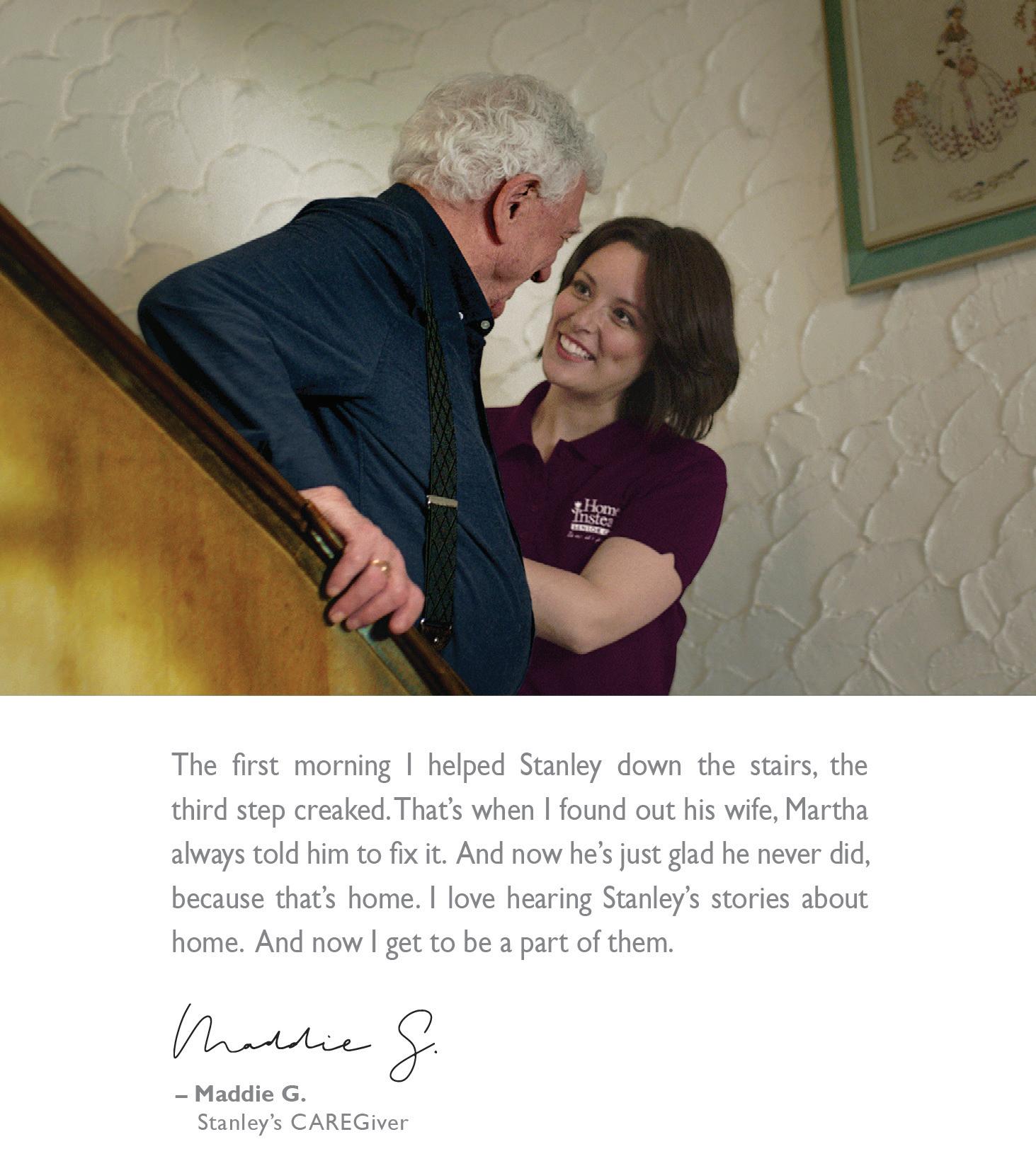
“Church in Golden, NM” - 18 in x 24 in 125/125 s/n

Offering stone and steel sculpture, paintings and fine art prints. (505) 249-8480 North of Albuquerque on I-25, exit 248 Algod ones Gallery

